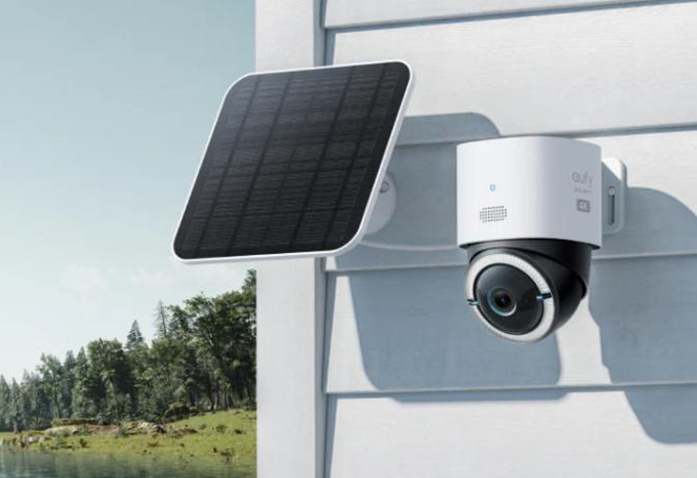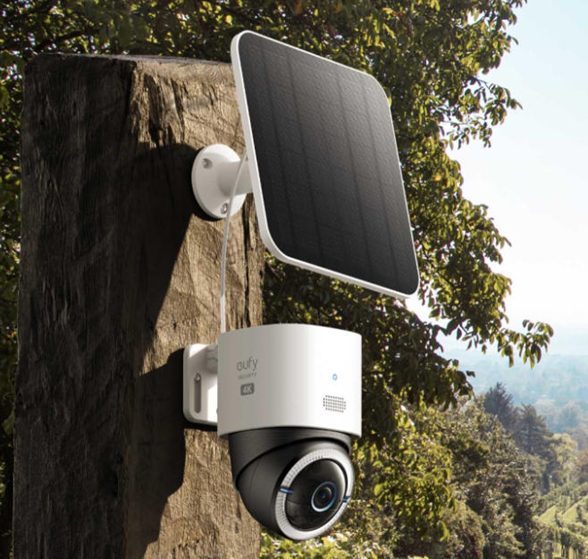August 28, 2025
What Are the Most Common Security Camera Mistakes?
Security cameras have become essential in many households, offering reassurance whether you are at work, traveling, or simply asleep at night. However, even the most advanced equipment can fail to protect effectively if used incorrectly. Many common mistakes stem not from the technology itself, but from small oversights in setup, placement, or daily use. This means even high-quality cameras can deliver poor results if not installed or maintained thoughtfully. Fortunately, understanding these pitfalls allows you to avoid them and maximize your investment.

Not Choosing the Right Security Camera
One of the first mistakes homeowners make is buying a camera without considering their actual environment and needs. Different situations require different types of cameras, and not all models are designed for every purpose. For example, a camera that works well indoors may not hold up against rain or strong sunlight outside. Similarly, households in rural areas or construction sites may benefit from a 4g security camera, which uses mobile networks to transmit footage when Wi-Fi is unreliable. Choosing the wrong type often leads to disappointment because the camera simply cannot perform under your specific conditions. A thoughtful match between your needs and the camera’s strengths ensures that the device provides lasting and effective protection.
Poor Placement Choices
Mounting Too High (Missing Facial Details)
Positioning plays a huge role in the effectiveness of a camera, and one frequent mistake is installing it too high. While height can provide a wide view, it often comes at the cost of detail, especially when it comes to faces. Cameras mounted too high may capture movement but fail to identify individuals clearly, making the footage less useful during investigations. Everyday users often assume higher placement automatically improves security, but in practice, a balance is necessary. Mounting at eye-level or slightly above ensures critical details are not lost.

Ignoring Critical Blind Spots
Another placement error is overlooking blind spots around the property. People often assume one or two cameras can cover everything, but this rarely matches reality. Corners, side entrances, and shaded areas are common hiding places that criminals may exploit. Without proper planning, these areas remain vulnerable even if other parts of the home are well-monitored. Walking around your property and visualizing where intruders might approach is a practical way to identify these gaps. By strategically adding or adjusting cameras, you reduce opportunities for blind spots to become weak links. Daily peace of mind comes from knowing there are no hidden vulnerabilities left unchecked.
Technical Setup Errors
Weak WiFi Signal Issues
Many cameras today rely on Wi-Fi, and a weak signal is one of the most frustrating technical mistakes homeowners encounter. Cameras placed far from the router often experience delays, dropped connections, or poor video quality. These issues may leave critical moments unrecorded or alerts undelivered, undermining the very purpose of having security in place. Simple fixes include repositioning the router, using a signal booster, or choosing a camera that supports dual-band connectivity. For larger properties, planning the network layout before installation can prevent these challenges. Every day reliability depends on ensuring your camera has a strong and stable connection at all times.
Incorrect Night Vision Configuration
Night vision is essential for 24-hour protection, yet many users fail to configure it properly. Sometimes cameras are positioned near reflective surfaces like windows or shiny walls, causing glare that reduces visibility. In other cases, the settings are left at defaults that don’t match the actual lighting conditions. This leads to dark or unclear footage during critical nighttime hours. Testing the camera in real-world night conditions and adjusting settings accordingly can make a significant difference. Regularly reviewing recorded clips helps you confirm whether the system is capturing usable details. For homeowners, ensuring clear night footage means uninterrupted protection even when the lights are out.
Maintenance Neglect
Another mistake is forgetting that cameras, like any other household device, require regular upkeep. Dust, rain, and even cobwebs can accumulate on lenses, gradually reducing image clarity. Over time, mounts may loosen, angles may shift, or batteries may weaken without notice. Without occasional inspection, a camera can fail silently until the moment you actually need it. A simple monthly routine of cleaning the lens, checking connections, and testing functionality goes a long way toward preventing issues. In daily life, this means you can rely on the footage without the unpleasant surprise of discovering the camera was compromised for weeks.
Security & Privacy Oversights
It’s easy to focus on physical protection while overlooking digital security and privacy. Failing to update firmware or use strong passwords can expose cameras to hacking attempts, which not only compromise your data but also reduce safety. Another oversight is recording areas that unintentionally capture neighbors’ private spaces, creating unnecessary tension. To avoid these pitfalls, secure your devices with unique credentials, enable encryption features when available, and respect boundaries around your property. Checking app permissions is also wise, as some may request more access than necessary.
Operational Missteps
Overlooking Motion Detection Settings
Motion detection is one of the most powerful features of modern cameras, yet many people leave it underutilized. Default sensitivity settings may cause frequent false alarms from swaying branches or passing cars. On the other hand, overly strict settings may fail to capture genuine activity. Fine-tuning sensitivity, creating activity zones, and testing alerts during different times of the day can help achieve balance. A properly configured motion detection system ensures you are alerted only when necessary, avoiding frustration. In daily use, this translates into timely awareness of real events, without the annoyance of constant unnecessary notifications.
Not Testing Camera Angles Periodically
Even after a camera is installed correctly, people often forget to review its angles over time. Every day changes, such as new furniture, growing plants, or seasonal adjustments, can gradually block views. Without periodic testing, blind spots may reappear, reducing effectiveness. Simply reviewing the live feed once a month helps confirm everything is still aligned properly. Adjustments take only minutes but restore full coverage and prevent vulnerabilities.
Conclusion
Maximize your security system’s effectiveness by avoiding common mistakes. Choose the right camera, position it carefully, and maintain it regularly. Ensure stable connectivity, proper night vision, and digital security for consistent performance. Small adjustments, like optimizing angles and motion detection, boost reliability. A well-maintained system delivers stronger protection—and if upgrading, trusted brands like eufy offer lasting performance. Avoid these pitfalls for true peace of mind.
